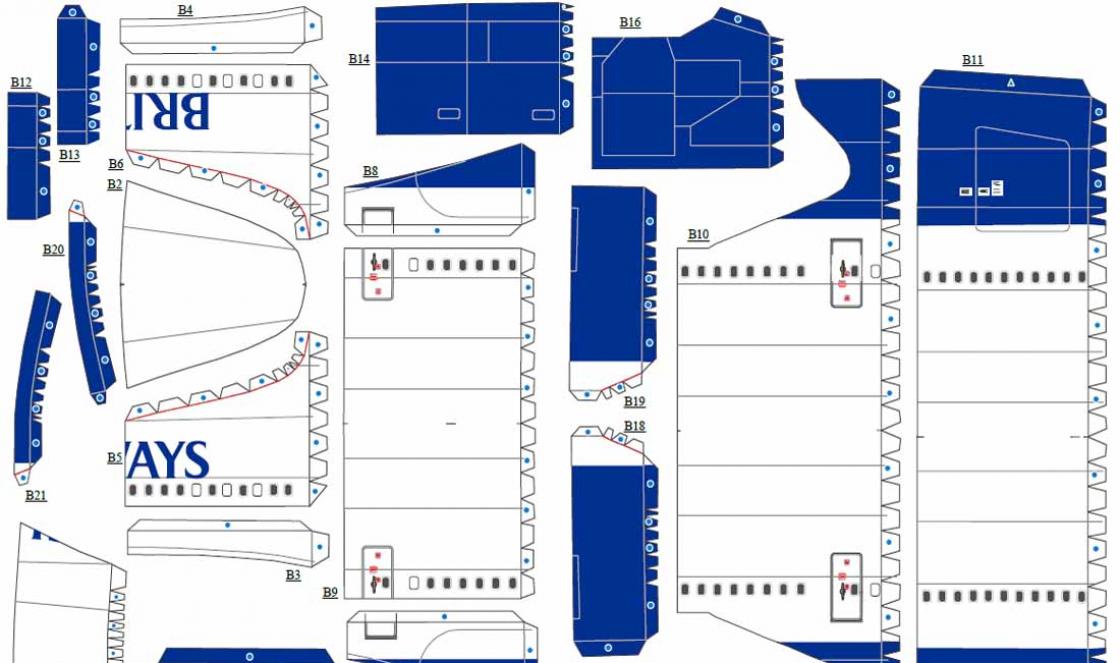Catgut- the oldest, described by the physician Galen in 175 AD, was used before that. Produced from the entrails of animals, translated from English, the name literally means "cat's intestines." Over the past centuries, the production of thread has undergone changes - primarily due to the improvement of methods for cleaning the source material, but the basic technological principle has remained the same: the material is made from the internal tissues of livestock, from the serous layer of cows or the submucosal layer of the sheep intestine.
The raw material for the production of the thread contains pathogenic intestinal flora, therefore, during the manufacturing process, collagen fibers are cleaned of mucous and sulfur layers with disinfecting preparations. The original fabric is cut into long strips, then they are twisted into threads of uniform thickness, degreased, sterilized by the radiation method and wound into coils. The material is stored in an alcohol preservative, which ensures the preservation of elasticity for a long time: the warranty period for the product, subject to storage conditions, is up to five years.
The thread and organs of the human body are homogeneous in composition. Thereby catgut - suture material fast resorption: the substance is completely absorbed by the body, does not cause organic rejection and is accompanied by minimal allergic reactions: redness and irritation in the suture area. The polished thread easily passes through fabrics, shows good handling properties, is elastic, withstands high tensile loads, and provides a strong knot.
Applications:
mucous membranes;
Muscle;
Urology, gynecology and obstetrics;
Ophthalmology;
Traumatology;
wound healing;
Gastrointestinal and peritoneal organs;
Lungs, bronchi;
bile ducts;
subcutaneous tissue;
Plastic surgery;
Ligature.
Contraindications: the period of resorption of a simple thread is very short, in 7-12 days it loses 50% of its tensile strength. Because of this, a simple catgut is not indicated for operations that require suture fixation for a long time. Complete resorption occurs within one to two months, depending on the thickness of the thread and the treatment area.
To prolong the resorption period, catgut is treated with chromium salts. It turns out another material, chrome-plated catgut, with a loss of strength of 50% within 18-28 days and complete resorption up to four months.
By release form catgut is divided into varieties designed to work with various needles - atraumatic, piercing, cutting, reverse cutting, etc. or without needles (for ligature).
The use of catgut requires complete sterility: contact of the thread with non-sterile objects and materials that have already been used is unacceptable. Re-sterilization and the use of thread are also unacceptable. The material should be removed. Violation of the integrity of the package during transportation or storage is qualified as a loss of sterility.
Store the material at a temperature of 5-22 degrees Celsius, in a place protected from heat, moisture and sunlight.
Which is made from purified connective tissue, obtained either from the serous layer of the intestines of cattle, or from the submucosa of the intestines of sheep. Also used as strings for stringed musical instruments.
Manufacturing
Catgut is made from the muscle layer and submucosa of the small intestines of sheep. The production process is complex and includes more than 10 operations. Incoming raw materials (dry or wet-salted) are treated with a solution of potash, repeated machining scrapers, cut into ribbons, bleached in a solution of perhydrol and caustic soda and twisted into threads. After fumigation with sulfur dioxide, the threads are rinsed in a weak solution of acetic acid, dried, polished, calibrated in thickness, degreased with gasoline or ether, sterilized with chemical reagents, more often with iodine, and, twisted into coils, packed.
Types of catgut
Simple catgut(Plain surgical catgut) - ordinary catgut is a surgical suture that has not been subjected to additional processing in order to increase the resorption period:
- Appearance - elastic thread with a smooth surface from cream to light brown.
- Applications: gastrointestinal tract, mucous membranes, urology, gynecology, fascia, muscles, subcutaneous tissue, peritoneum, parenchymal organs, bronchi and lungs, trauma surgery, wound closure.
- Resorption - resorption time (loss of tensile strength up to 50%) 7-12 days. It is removed from the body by enzymatic action within 70 days.
- Sterilization is a radiation method.
Catgut chrome plated(Chromic surgical catgut) - chrome-plated catgut is a surgical suture material treated with chromium salts in order to form additional cross-molecular bonds to increase the resorption time:
- Appearance - elastic thread with a smooth surface, colors from light green to green.
- Scope - gastrointestinal tract, mucous membranes, urology, gynecology, fascia, muscles, subcutaneous tissue, peritoneum, parenchymal organs, bronchi and lungs, trauma surgery, wound closure.
- Resorption - resorption time (loss of tensile strength up to 50%) 18-28 days. It is removed from the body by enzymatic action in 90 days.
- Sterilization is a radiation method.
Peculiarities
Catgut thread is one of the most reactogenic. Experimental studies have shown that when suturing a clean wound with catgut, it is enough to introduce 100 microbial bodies of staphylococcus into it to cause suppuration. The timing of resorption of catgut is unpredictable. It is known that when the stomach is sutured, the catgut is absorbed within the first 2-3 days. Catgut loses 50% of its strength within 2-10 days after surgery. In addition, ceteris paribus, the strength of catgut is lower than that of most synthetic threads, which requires the use of a thread of a larger diameter.
Currently, the company "Ethicon" has again started supplying surgical suture material - catgut to the Russian market. Such deliveries were interrupted after the 1998 crisis. Considering the market situation, the company decided to supply catgut from its factories in Brazil. It is at these plants that catgut is produced, which the Ethicon company supplies to America. Catgut produced in Brazil is the standard of quality.
Material Description
Catgut is a sterile, absorbable surgical suture made from purified connective tissue (collagen) obtained from either the serosa of the intestines of cattle or the submucosa of the intestines of sheep. Ordinary catgut is a surgical suture material that has not been subjected to additional processing in order to increase the resorption period.
These sutures are straw colored. Chromated catgut is a surgical suture that has been dyed with trivalent chromium salts and pyrogallol oxide (color code number 76515) to increase resorption time and to stain the material dark brown.
Catgut can have different thicknesses and lengths, supplied separately (ligatures) or together with stainless steel needles of various types and sizes (atraumatic), catgut is also available in cassettes. For endoscopic procedures, special modifications are used (Endo loop and End node). detailed information according to the range of products is given in the catalog. Materials are supplied in a conditioning fluid consisting of isopropanol, water, sodium benzoate and 2-diethylaminoethanol.
Indications
Catgut is intended for soft tissue approximation and/or ligation, including use in eye surgery.
Tissue reaction
When catgut is implanted, moderate tissue irritation occurs, which is characteristic of a reaction to a foreign body. This is followed by loss of tensile strength and weight loss of the suture as a result of proteolytic dissolution of catgut under the action of enzymes in the tissues. As a result of natural unevenness natural material the given data on tensile strength and resorption times are approximate. The effective loss of tensile strength of the catgut suture occurs after 21-28 days. Complete resorption of the suture is usually completed after 90 days. In the human body, the rate of loss of tensile strength of a material can be influenced by various factors. The two main factors are:
1. Presence of an infection. Ordinary catgut has an increased rate of resorption in infected tissues compared to uninfected tissues.
2. Place of implantation. Ordinary catgut will be more rapidly absorbed in tissues with elevated levels of proteolytic enzymes, such as in the presence of gastric, cervical, and vaginal secretions.
ContraindicationsIt is not recommended to use ordinary catgut in cardiovascular surgery and neurosurgery. It is not recommended to use ordinary catgut in patients with a known sensitivity or allergy to collagen, since the basis of catgut is collagen.
Adverse reactions
Adverse reactions associated with the use of this material include an allergic reaction in some patients, temporary local irritation at the wound site, followed by a temporary inflammatory reaction to foreign bodies. Like any other foreign body, catgut can aggravate an existing infection.
Sterilization
Catgut is sterilized by irradiation.
| The code | Name/Description |
| IW436 | Catgut thread 75 cm |
| IW106 | Catgut, thread 12 pieces 150 cm |





